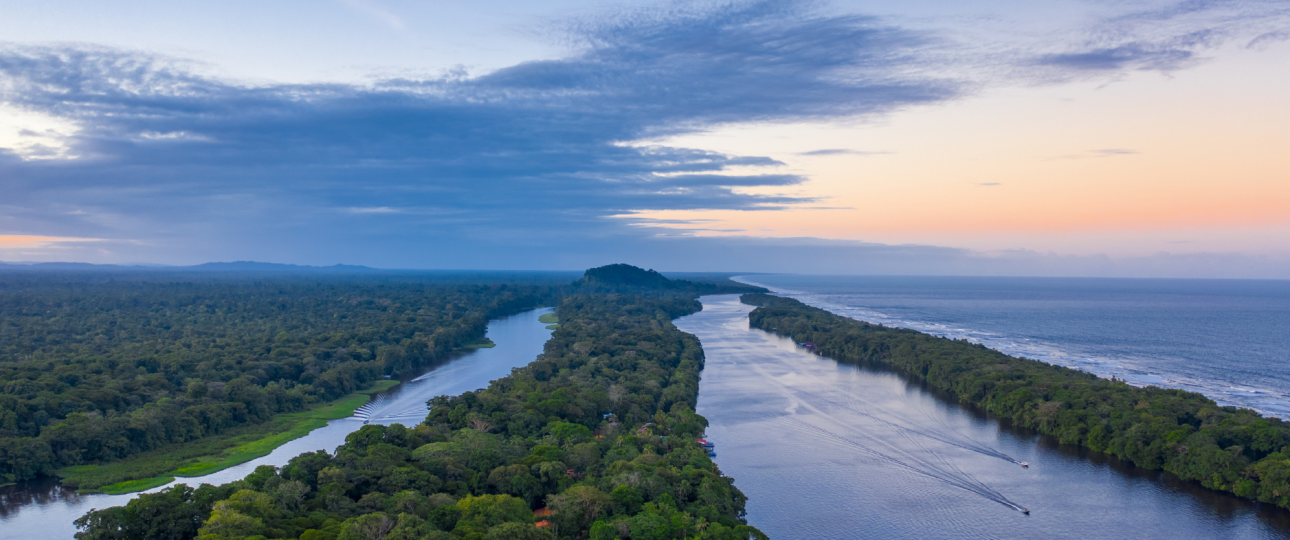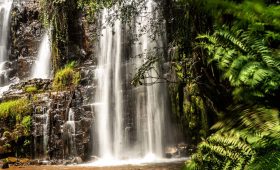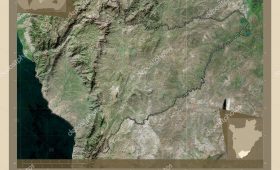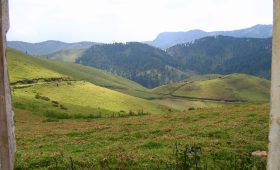Indio Maíz Biological Reserve: A Natural Wonder in Nicaragua
Discover the Indio Maíz Biological Reserve
Prepare to explore one of Nicaragua’s most remarkable natural areas, the Indio Maíz Biological Reserve. This protected region offers a unique opportunity to experience the rich biodiversity and cultural heritage of southeastern Nicaragua. In this guide, we’ll provide essential information to help you plan your visit to this extraordinary reserve.
The Rich Biodiversity of Indio Maíz
Indio Maíz Biological Reserve is renowned for its exceptional biodiversity. It is home to 65 species of mammals, 221 species of birds, 55 species of reptiles, and 34 species of amphibians. This makes it one of the most biologically diverse areas in Central America. The reserve is a sanctuary for wildlife enthusiasts, offering a chance to see species such as jaguars, Baird’s tapirs, and great green macaws in their natural habitat.
Exploring the Reserve
Visitors to Indio Maíz will find themselves immersed in a vibrant rainforest ecosystem. The reserve’s dense canopy shelters a wide variety of plant species, including towering ceiba trees and delicate orchids. The flora is comparable to that of other Caribbean lowland forests, with species like Astronium graveolens and Heliconia latispatha thriving here. The reserve’s lush environment supports a complex web of life, making every visit a journey into the heart of nature.
Wildlife Encounters
While exploring Indio Maíz, keep an eye out for its diverse wildlife. The reserve is a stronghold for rare species such as the harpy eagle and the three-wattled bellbird. Monkeys, including white-headed capuchins and howler monkeys, are commonly seen, and the rivers are home to crocodiles and the unique Nicaragua shark. Guided boat tours offer the best chance to observe these creatures while respecting their natural environment.
When to Visit
The climate in Indio Maíz is classified as humid tropical rainforest, with a long wet season from May to January and a slightly drier period from February to April. The reserve receives over 4,000 mm of rain annually, so visitors should prepare for wet conditions. The drier months are generally more accessible for travel, but the wet season offers lush landscapes and vibrant wildlife activity.
Getting There
Reaching Indio Maíz Biological Reserve requires careful planning. The reserve is located in southeastern Nicaragua, near the Costa Rican border, and is accessible only by river.
Step 1: Travel to San Carlos
Begin your journey by traveling from Managua to San Carlos, a town on the northern shore of Lake Nicaragua. This trip takes approximately 6 to 8 hours by bus or car. Buses depart regularly from the Mayoreo or Huembes terminals in Managua.
Step 2: Boat to San Juan del Norte
From San Carlos, take a riverboat down the Río San Juan to San Juan del Norte, also known as Greytown. This scenic boat trip takes 6 to 8 hours and is the only way to reach the reserve, as there are no roads connecting these locations.
Exploring the Reserve
Within the reserve, transportation is limited to foot and boat. Guided tours are highly recommended to navigate the trails and waterways safely. The reserve’s trails are well-maintained, and local guides, including indigenous Rama people, can provide valuable insights into the area’s ecology and culture. Be sure to bring comfortable hiking shoes, waterproof gear, and insect repellent.
Considerations and Challenges
While Indio Maíz offers a unique and enriching experience, visitors should be aware of certain challenges. The reserve is largely off-limits to tourists, with access restricted to guided boat tours from specific entry points. Additionally, the area faces threats from agricultural encroachment and deforestation, which impact its delicate ecosystems. Travelers should respect the reserve’s rules and support conservation efforts to help preserve this vital natural area.
Conclusion
Indio Maíz Biological Reserve is a testament to the natural beauty and biodiversity of Nicaragua. Its rich ecosystems and cultural significance make it a destination worth exploring for those seeking an authentic and immersive experience. By visiting responsibly and supporting local conservation efforts, you can contribute to the preservation of this extraordinary reserve for future generations.





Lots of wrong info here. You cannot drive from Managua to San Juan Del Norte. The road only goes as far as San Carlos, and then you have to take the river. And there are no commercial flights from Managua either, just the possibility of a VERY EXPENSIVE private charter.
Thank you very much for your comment! You’re absolutely right — it’s not possible to drive from Managua to San Juan del Norte, and there are no commercial flights available either. Travelers need to go through San Carlos and then continue by boat. We’ve updated the article to reflect this accurate information. Thanks again for pointing it out — your feedback helps us improve the quality of our content!